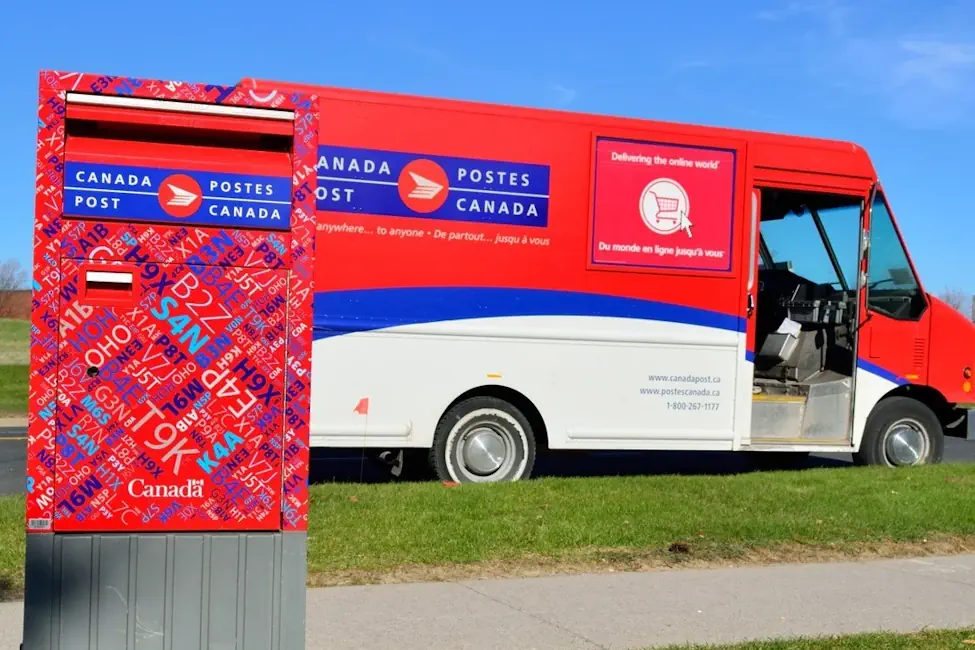The nationwide strike by 55,000 Canada Post employees, represented by the Canadian Union of Postal Workers (CUPW), has reached its sixth day, plunging the nation into a whirlwind of frustration and uncertainty. With no end in sight, the question now looms: will the federal government force workers back to their jobs, or will this standoff bring Canada’s mail system to its knees just as the holiday rush begins?
A Boiling Point for Labour Relations
CUPW is making bold demands for sweeping changes in:
- Inflation-Proof Wages: Workers argue their wages must rise to keep pace with skyrocketing living costs, a fight mirrored across many industries in Canada.
- Safer Conditions: From overloaded routes to long hours, postal workers insist on safer environments to carry out their duties.
- Job Security Amid Automation: In a rapidly modernizing world, employees are calling for assurances against job losses in a sector on the brink of transformation.
Despite year-long negotiations, Canada Post has yet to meet these demands, pushing the nation into a standstill.
A Nation in Limbo
Mail and parcel deliveries have come to a screeching halt. With Canada Post warning that delays from the strike could ripple well into 2025, the stakes are rising for businesses that depend on reliable deliveries. Canadian entrepreneurs, especially those managing small e-commerce ventures, are struggling to keep customer trust intact during one of the most critical sales periods of the year.
Post offices across the country remain closed, leaving individuals and companies scrambling for alternatives. Many have turned to private courier services, but the increased costs are proving to be a burden during an already expensive holiday season.
Government on the Hot Seat
Facing immense pressure from the public and business owners, the federal government has stepped in—cautiously. Labour Minister Steven MacKinnon has appointed a special mediator to revive stalled talks, emphasizing a preference for negotiation. However, with the clock ticking, the spectre of back-to-work legislation is growing stronger.
This wouldn’t be the first time Canada has seen such measures. In 2018, similar strikes led to the government forcing workers back to their stations. In 2011, a lockout resulted in a swift legislative response. Now, Canadians are asking whether history will repeat itself or if CUPW’s demands will reshape labour negotiations in the modern era.
The Larger Picture
The strike isn’t just about wages or delivery delays—it represents a pivotal moment for Canadian labour rights. CUPW’s fight sheds light on a broader issue: how do we balance fair treatment for workers with the expectations of a society reliant on essential services?
Critics warn that prolonged disruption could alienate the public, while supporters argue that this is the necessary cost of addressing systemic issues in the postal sector.
What Lies Ahead?
Negotiations are underway, with a government-appointed mediator working behind the scenes. Meanwhile, the clock is ticking for both sides to reach a resolution before irreparable damage is done. Whether through compromise or government intervention, the outcome of this strike could set the tone for labour disputes across Canada.







